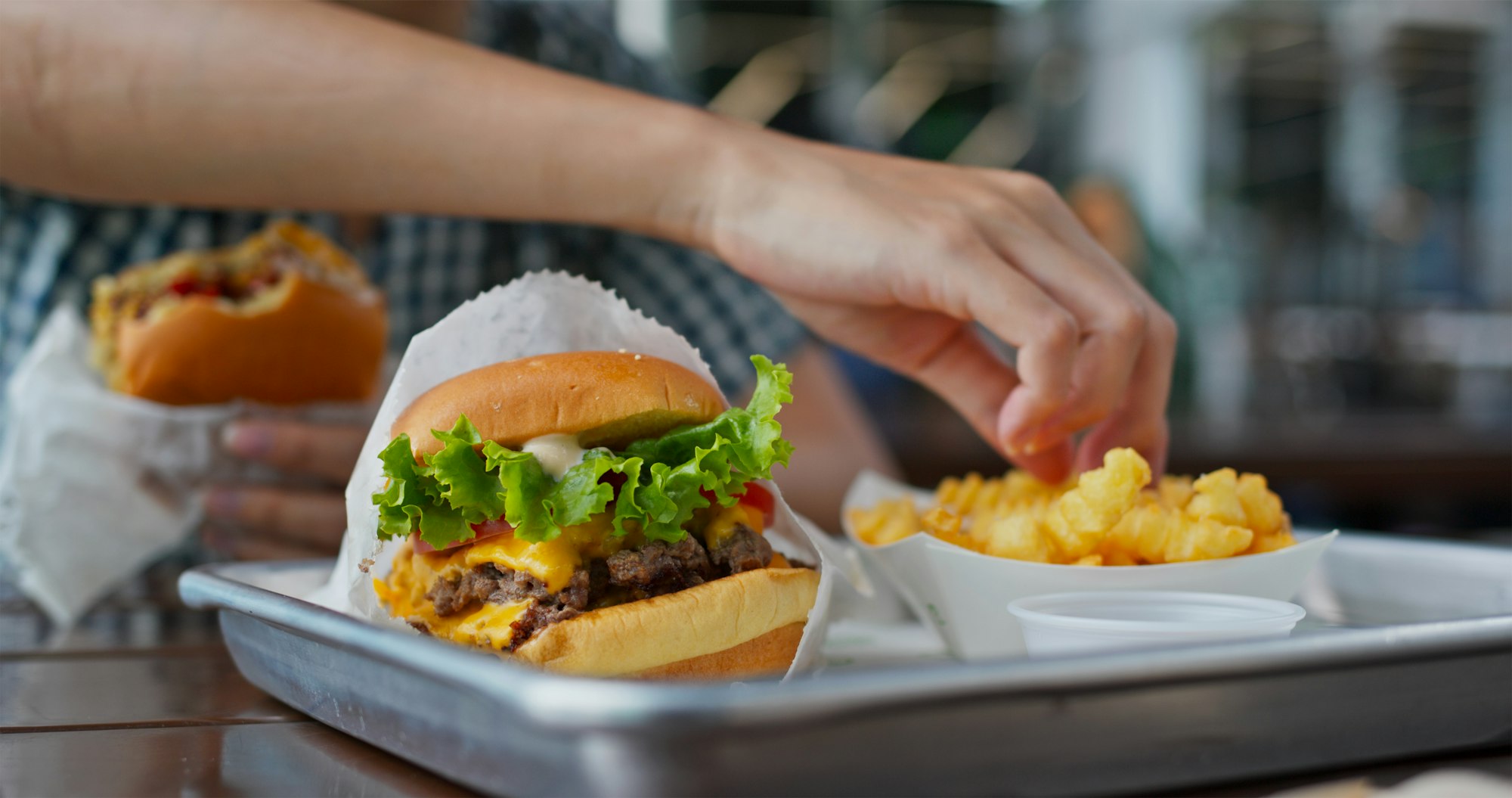What’s Up with AI and Robots in Fast Food?
The First Robot-Run Restaurant Opens Up
So, on the same day that California bumped up minimum wage for fast-food workers to $20 an hour, this spot called CaliExpress popped up in north-east LA. It’s pretty much run by robots, with just a few humans around. The idea is that robots can make the food, cutting down on how much they have to pay people to work there.

The Tech Behind the Counter
At CaliExpress, they’ve got two main robot buddies: ‘BurgerChef’ and ‘Flippy’. BurgerChef puts the burgers together, and Flippy takes care of frying stuff. They use AI to get things done more smoothly and safely, like making sure burgers are assembled just right and fries aren’t overcooked.
Diving Deeper into the Robot Stuff
Flippy: The Main Attraction
Flippy started out flipping burgers but got switched to fry duty because it’s riskier for humans. It uses cameras to see what’s happening and make sure everything’s cooked perfectly, whether it’s fries, chicken wings, or onion rings.
How This Changes Jobs
While robots like Flippy aren’t taking all the jobs, they’re changing the kinds of jobs people do. Humans are more focused on setting things up, keeping the machines running, and helping customers, which might actually be a good thing for everyone’s safety and career paths.
How This Changes Eating Out
Ordering Food in the Future
At CaliExpress, you order at a screen and can pay by just showing your face, thanks to facial recognition tech. It’s all about making things more personal and secure, or so they say.
What This Means for Everyone
Having robots make our food brings up a lot of questions. What happens to jobs in fast food? Will eating out feel less personal if there’s less human interaction? It’s a big shift that could make grabbing a burger feel pretty different.
The Bigger Picture
Thinking About the Impact of AI
Using AI and robots might make food safer and more consistent, but it also means fewer jobs for people. It’s a trade-off that needs some serious thought, especially about who wins and who loses in this deal.
Could This Be the New Normal?
If CaliExpress does well, we might start seeing robots in more fast-food places. It’s a big change that could shake up jobs and how we think about eating out. But it’s still up in the air how everyone will react to this.
Wrapping Up
CaliExpress is showing us a glimpse of a future where your burger might be made by a robot. It’s all about making things faster and safer, but it also brings up a lot of debates about jobs and the experience of eating out. As this tech keeps getting better, it’s going to keep sparking conversations about what we want our future to look like.
So, CaliExpress is mixing AI with fast food, putting robots like Flippy in the spotlight. It’s not just about making things more efficient; it’s also starting some big talks about the ethics and future of automation in our daily lives.

Frequently Asked Questions About AI in Fast Food
1. What exactly does Flippy do at CaliExpress?
Answer: Flippy is a robot that takes care of all the frying tasks at CaliExpress, such as frying fries, chicken wings, and onion rings. It uses computer vision to see what it’s cooking and adjusts the time and temperature to make sure everything is cooked perfectly.
2. Are there still jobs for humans at CaliExpress?
Answer: Yes, there are still jobs for humans, but they’re different from before. Instead of cooking, humans are needed for setting up the equipment, maintaining the robots, and helping customers. So, there are fewer jobs doing traditional fast food tasks and more focused on tech support and customer service.
3. How do customers order and pay at CaliExpress?
Answer: Customers order through a digital kiosk that uses a screen for menu selections. For payment, CaliExpress uses a facial recognition system where you can pay by simply looking at a camera, which confirms your identity and processes the payment through your linked account.
4. What are the benefits of using AI and robots in fast food?
Answer: The main benefits are efficiency and safety. Robots like Flippy are faster and don’t get tired or injured, which can happen with human workers. This can lead to faster service and potentially lower prices because the restaurant can save money on labor costs.
5. What are the downsides of robotic fast food services?
Answer: The major downside is the potential loss of jobs, as robots can perform many tasks previously done by humans. There’s also a concern about the dining experience becoming less personal, as the interaction with human servers and cooks adds to the atmosphere of eating out. These changes could make fast food feel more industrial and less welcoming.
These FAQs aim to clarify the significant changes and implications as fast food moves towards more automated systems like those pioneered by CaliExpress. As this technology spreads, it will likely continue to provoke discussions on its impact across various aspects of society and industry.
Sources The Guardian


